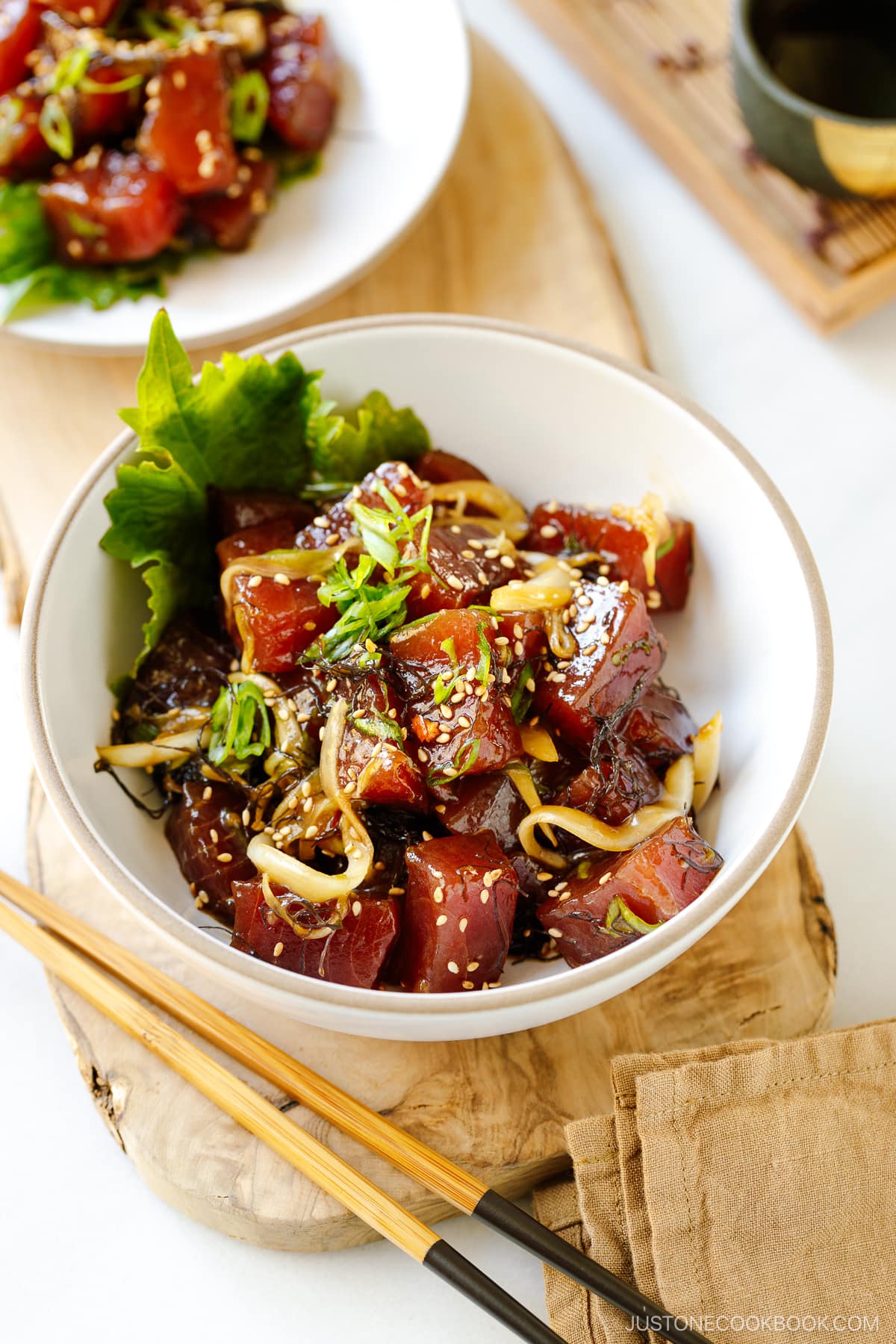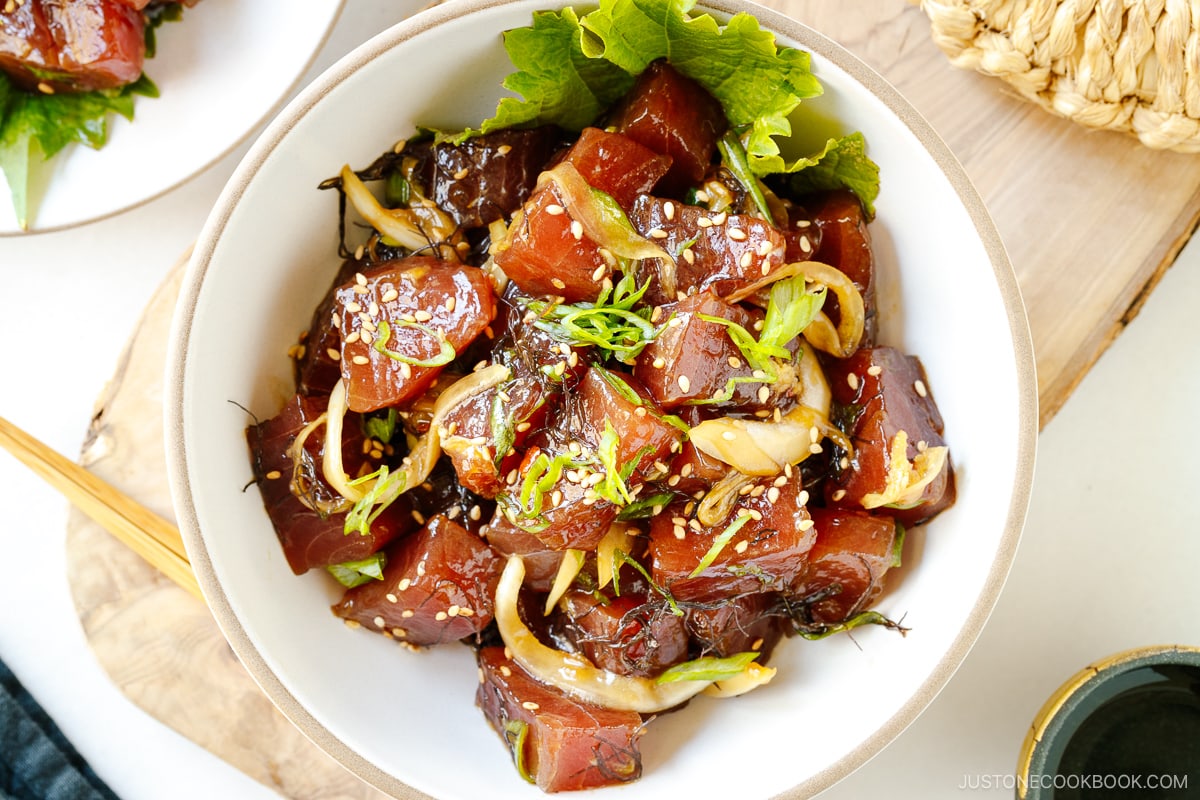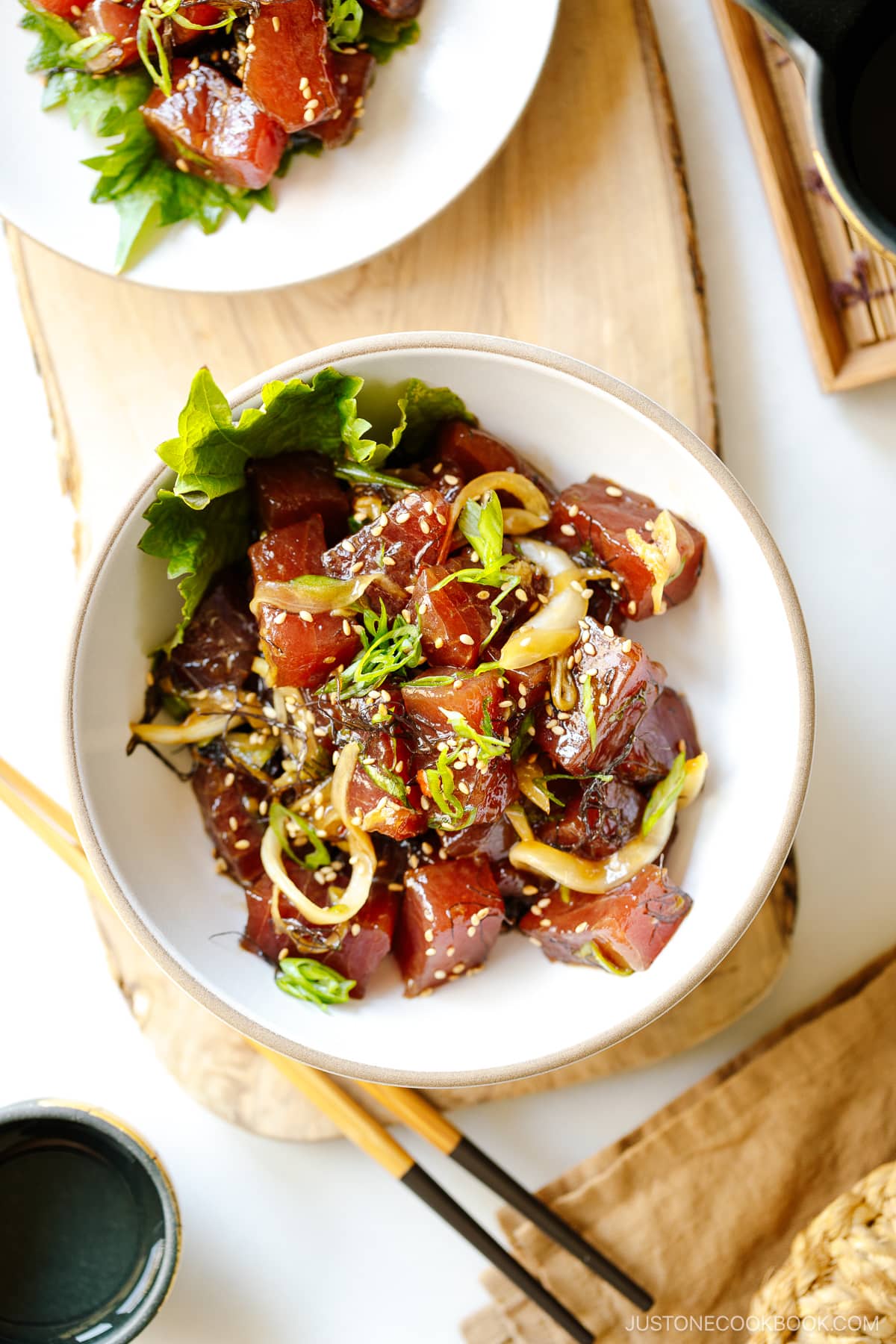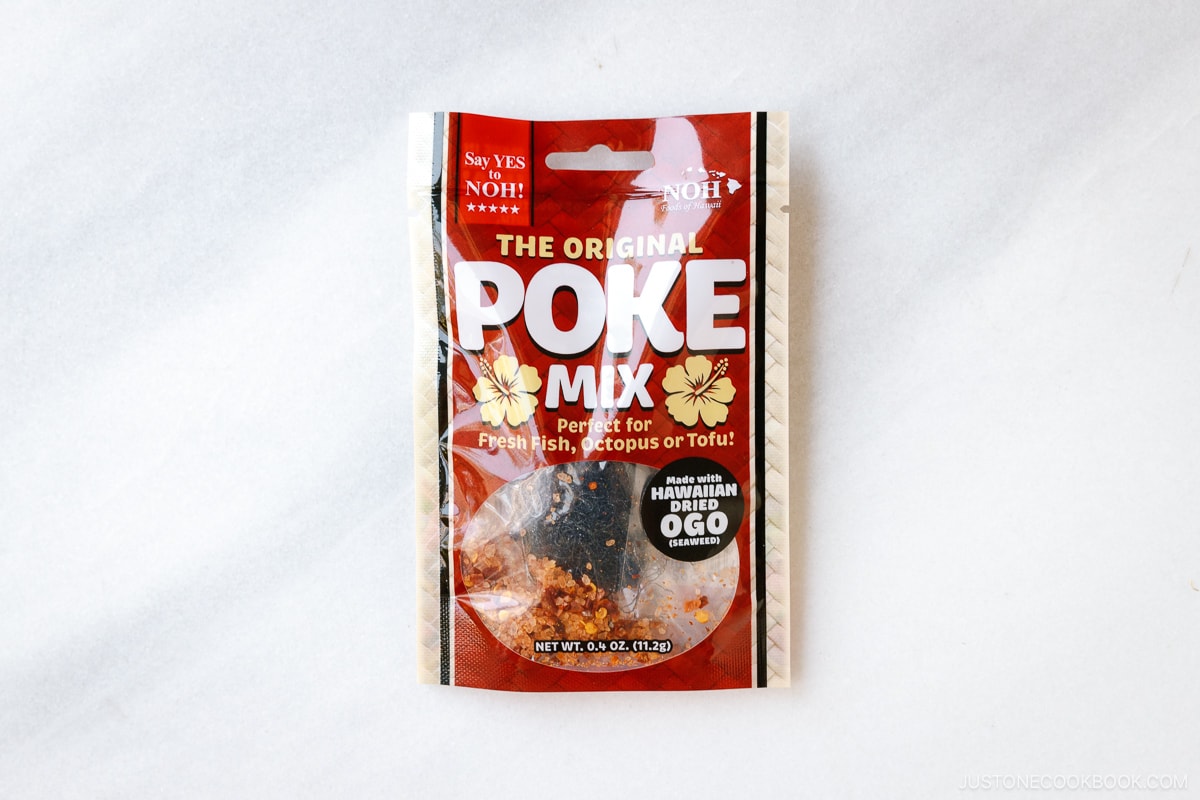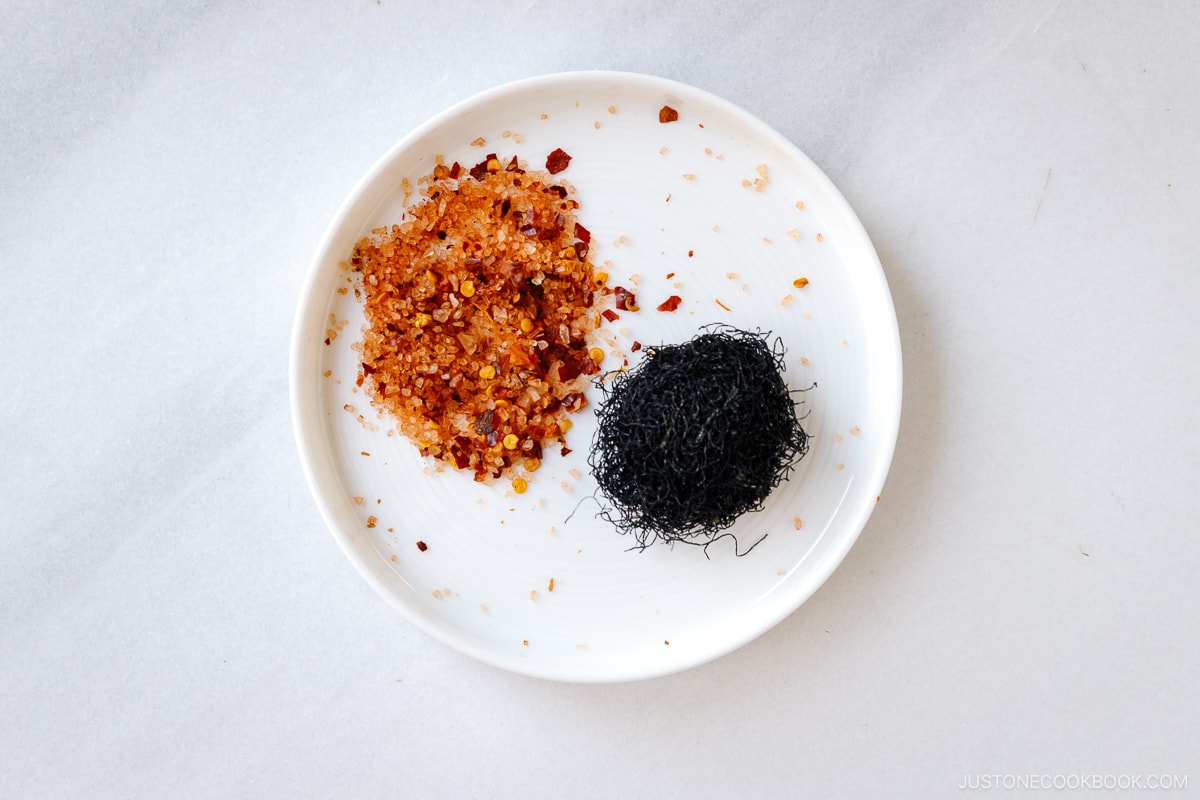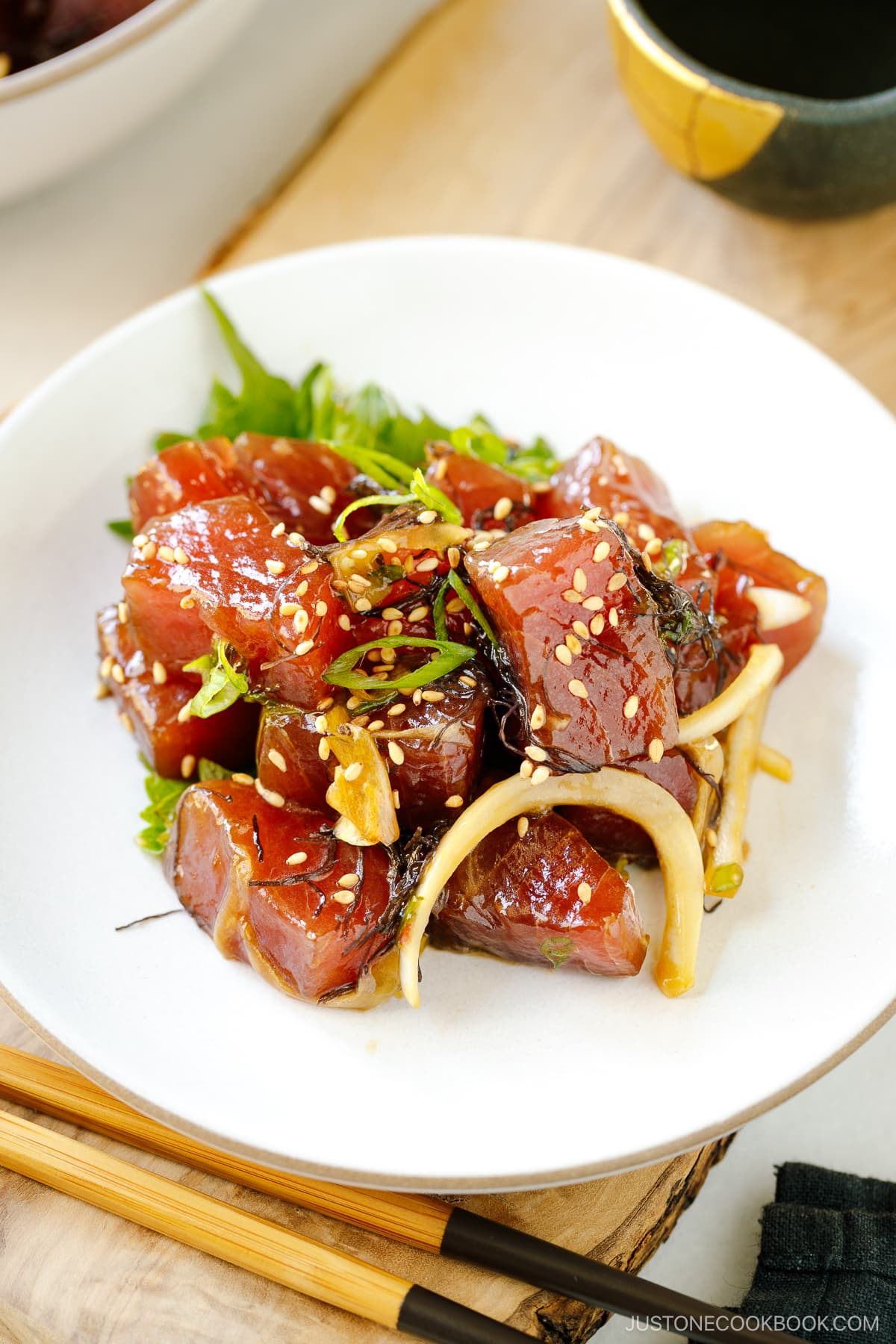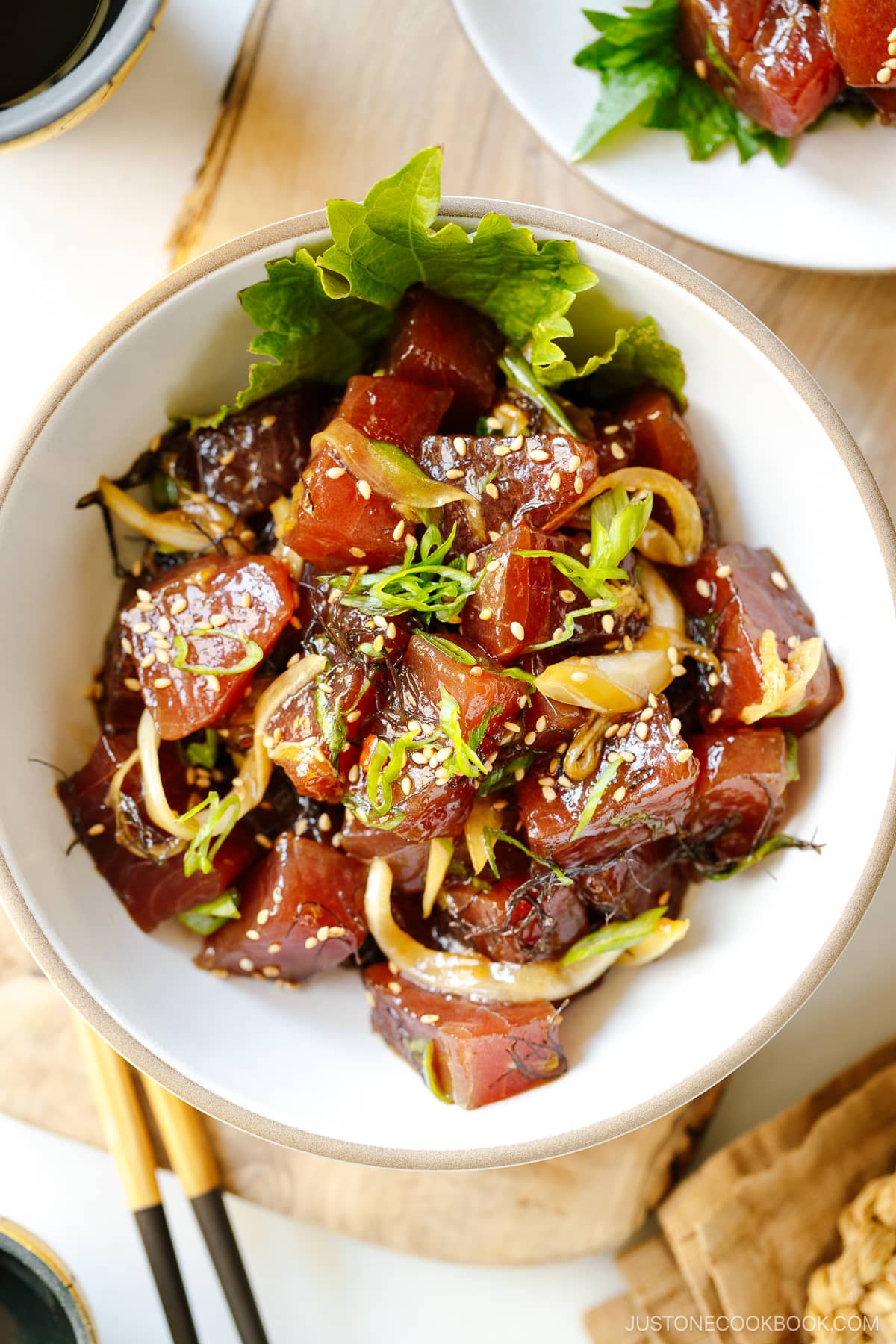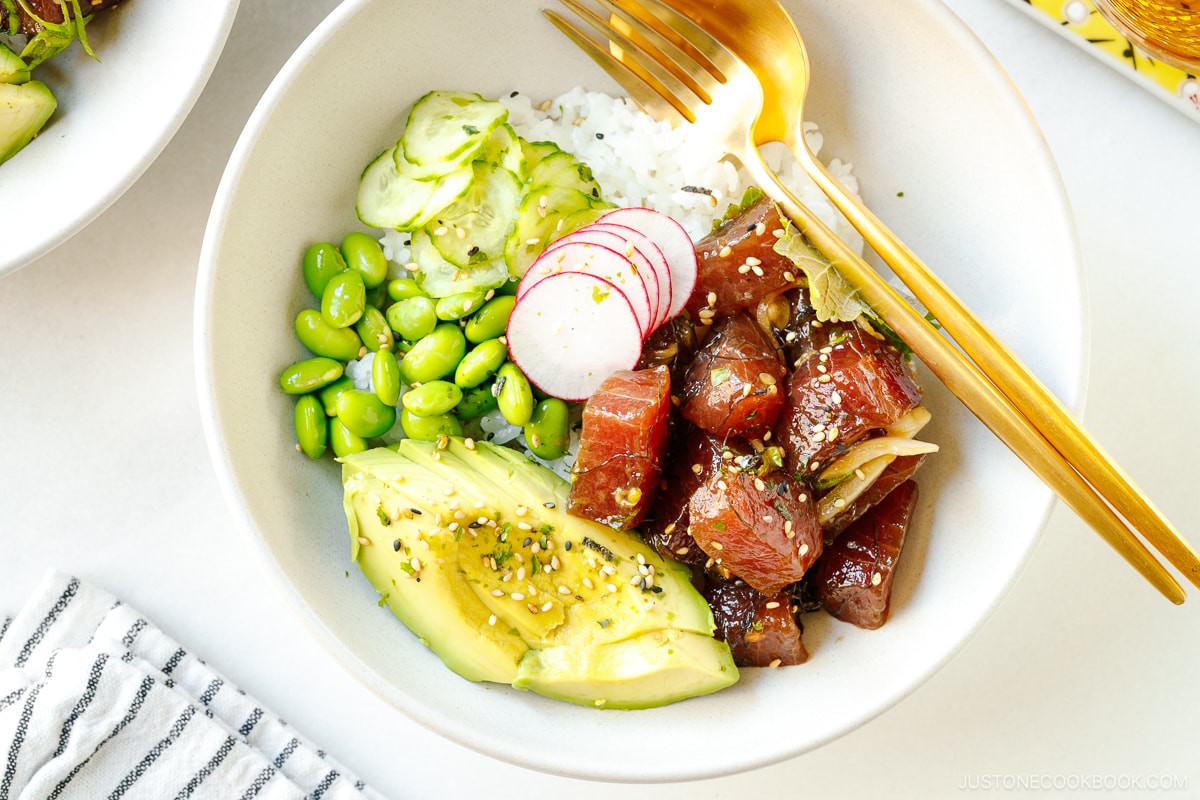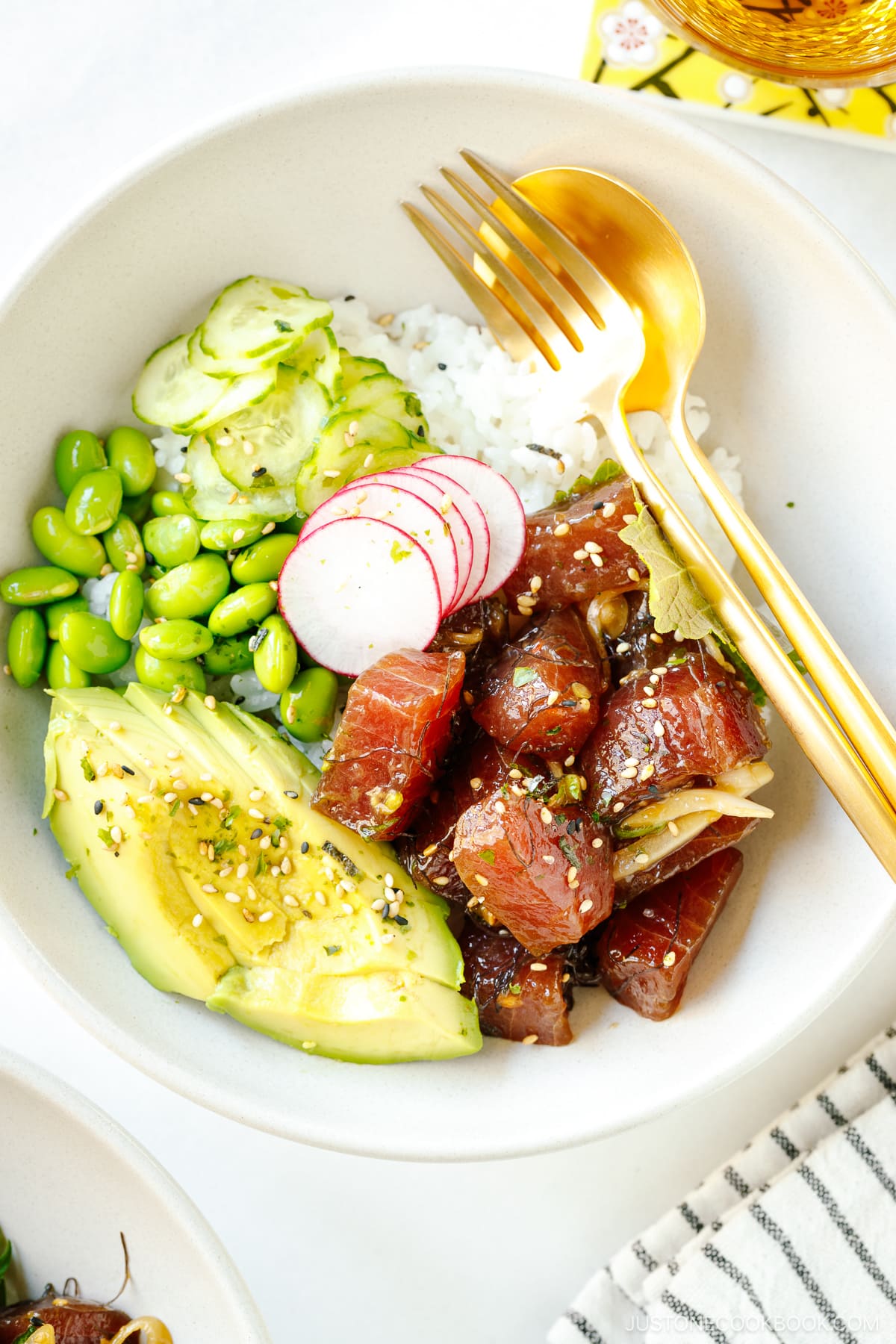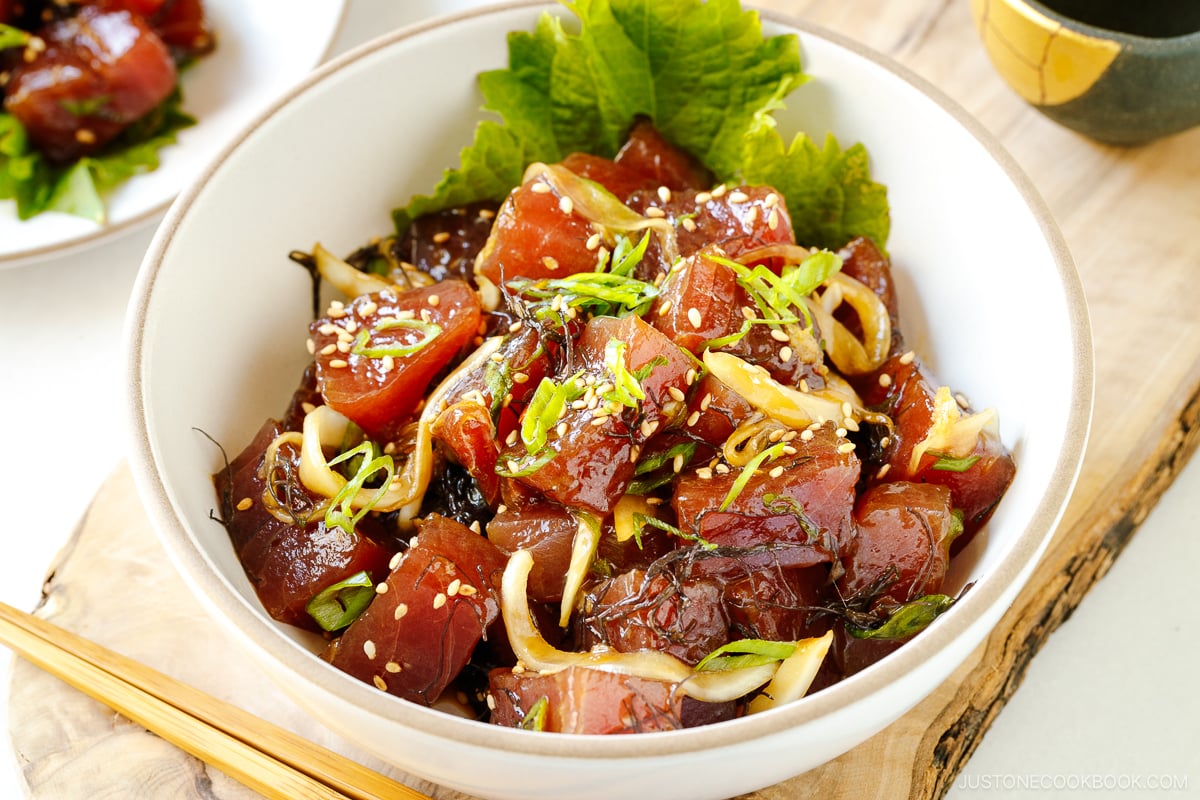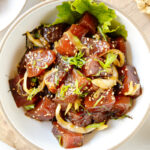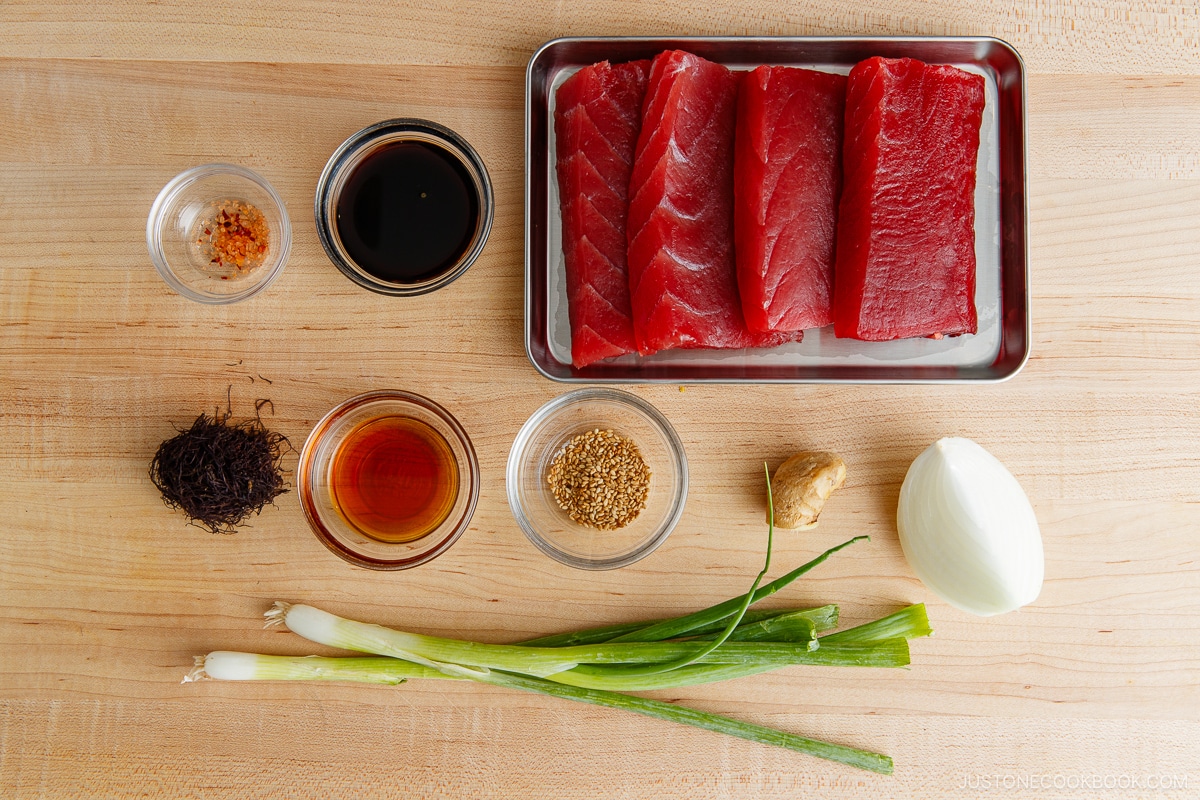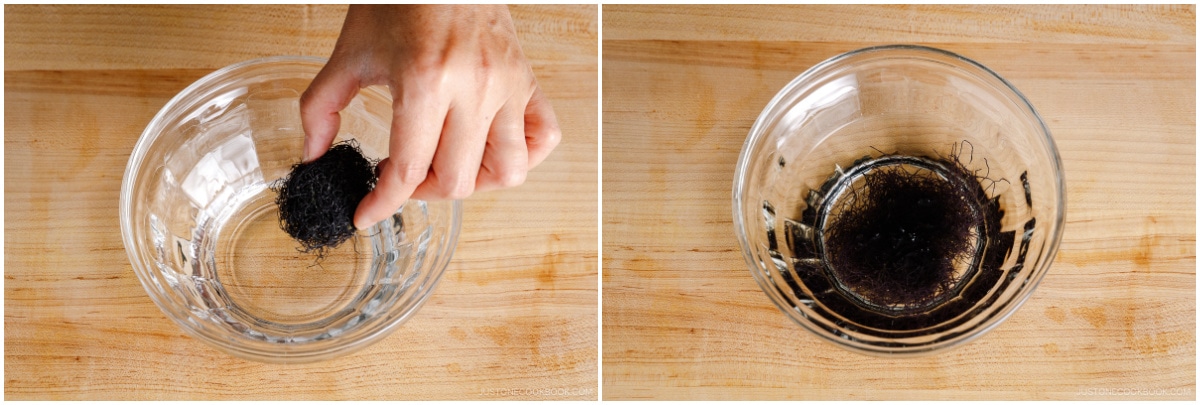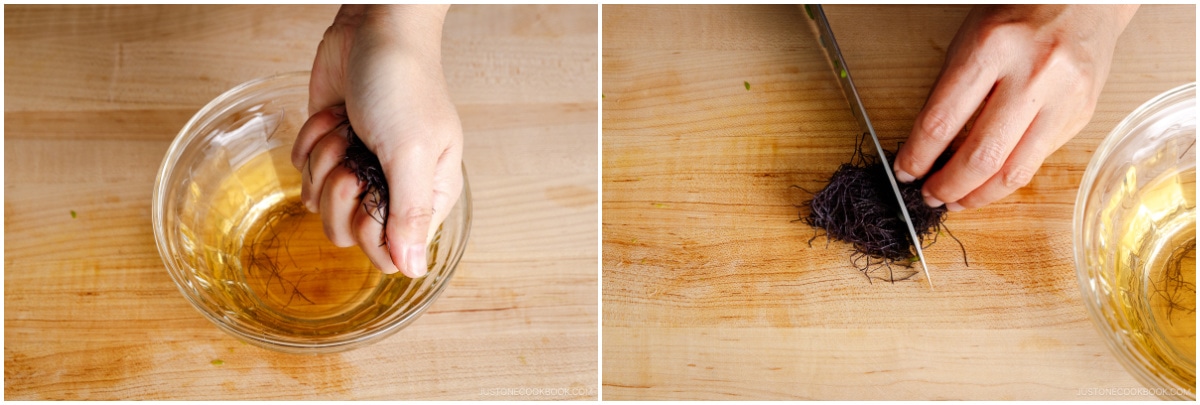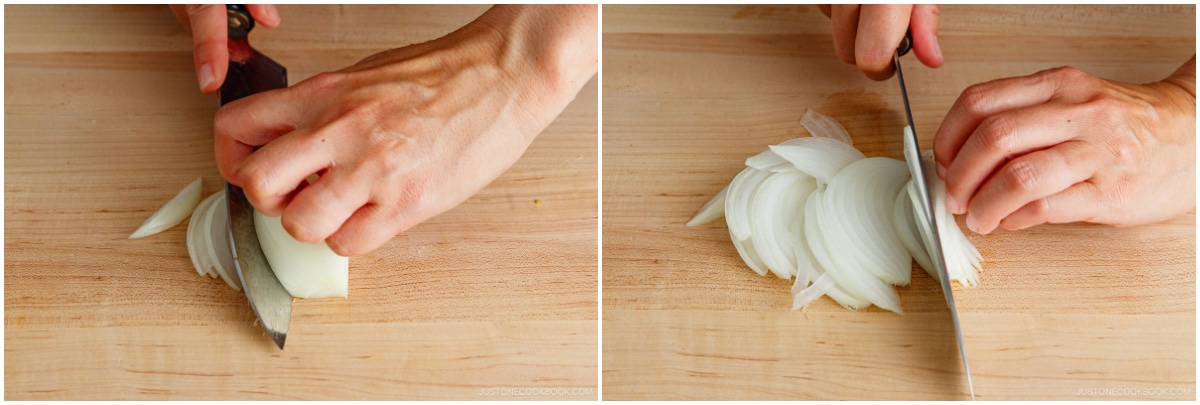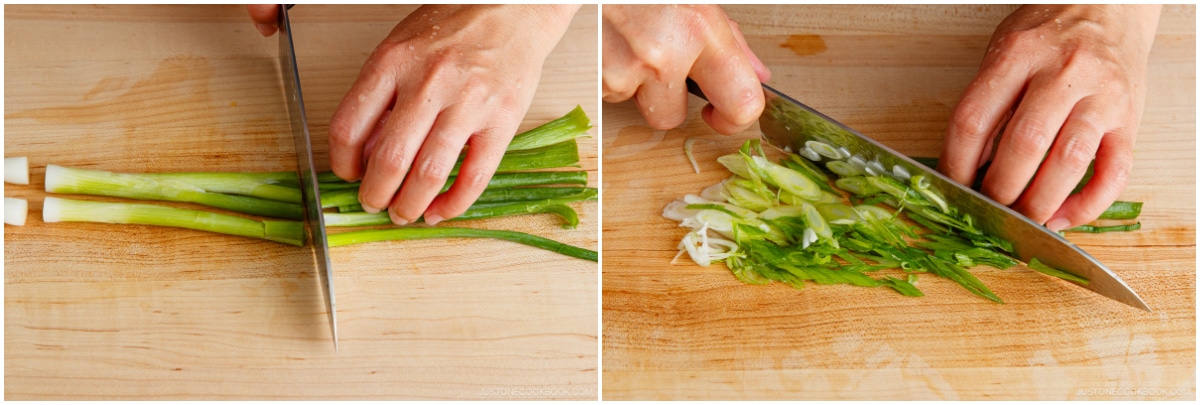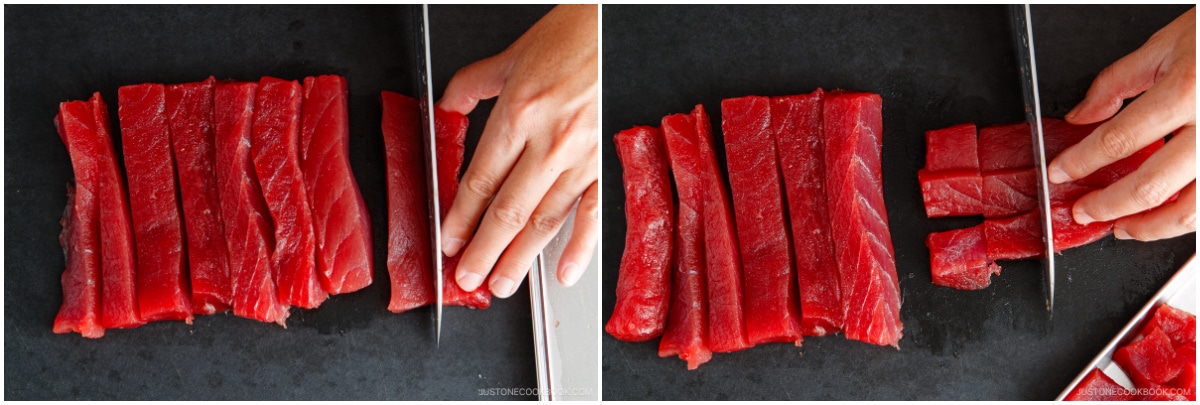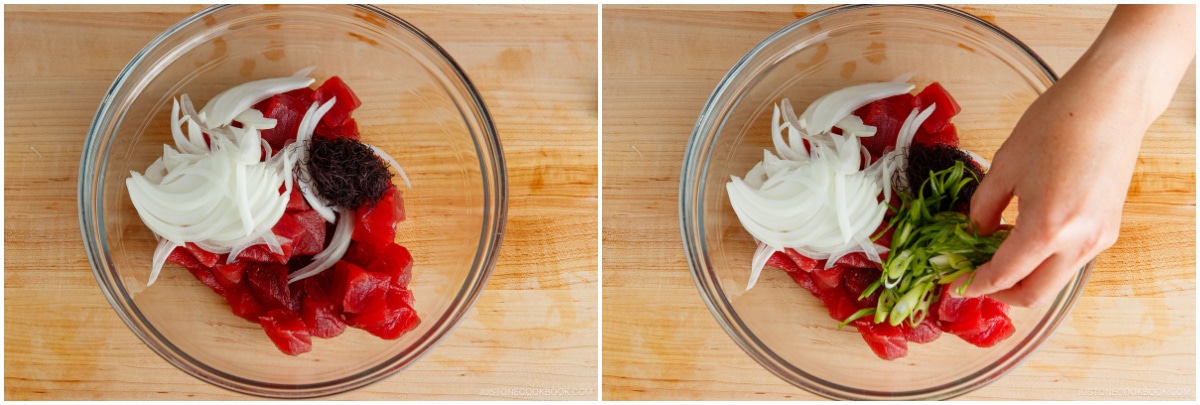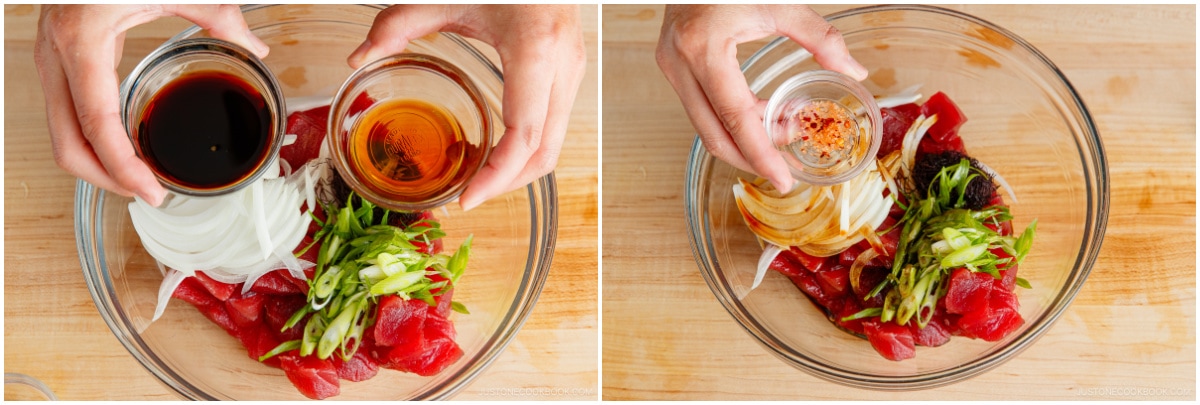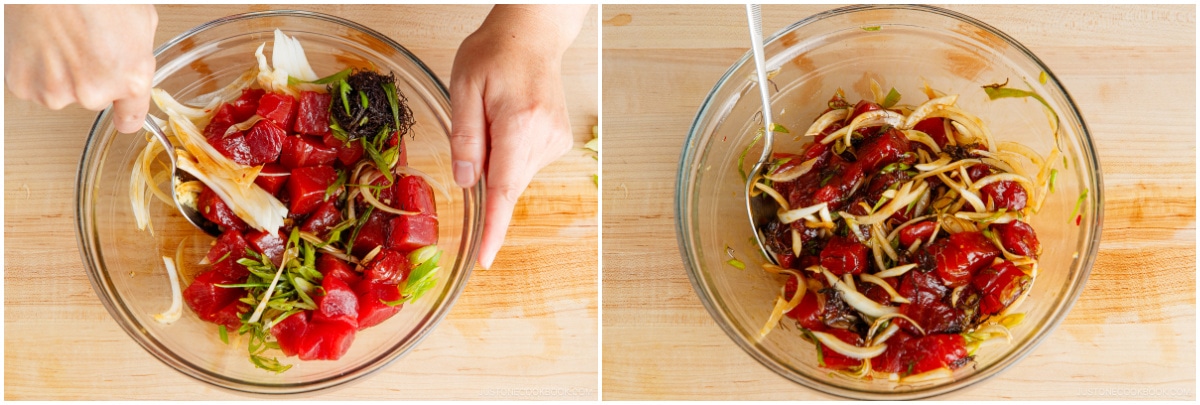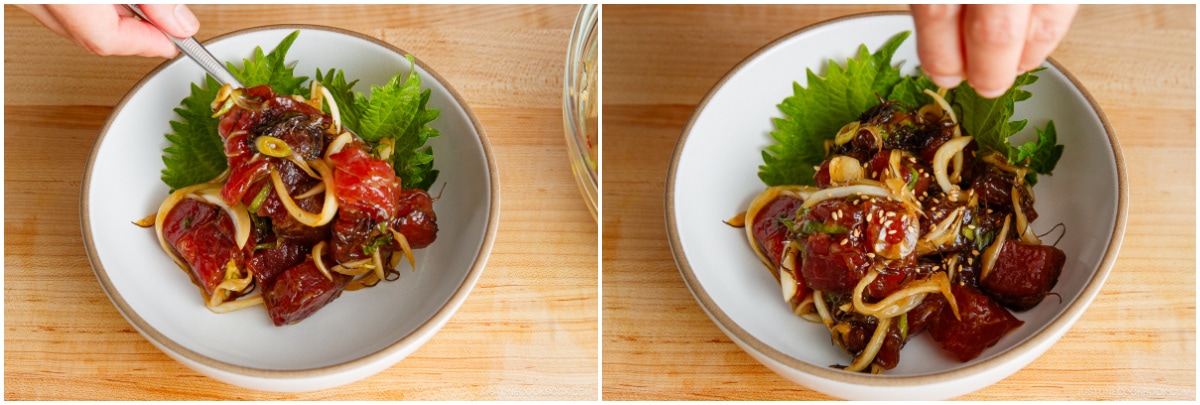Today I’m bringing you one of the most iconic dishes from Hawaii—Ahi Tuna Poke. This raw seafood dish consists of melt-in-your-mouth ahi tuna, customizable mix-ins, and a soy-based seasoning. It is exactly as simple as it sounds! Start with quality fish, and the best version of poke is the one you make yourself at home. I’ll show you how to put it together, where to source the ingredients and potential substitutions. Once you try it, you will want to make poke as often as possible.
What is Ahi Tuna Poke?
Ahi tuna is a species of tuna found in all tropical and subtropical oceans. In Hawaii, “ahi” refers to two species: The yellowfin tuna and the bigeye tuna. Poke (pronounced POH-kēh) means to “cut or slice” in Hawaiian and it also refers to cubes of marinated sashimi-grade fish. While sushi and poke share similarities, poke is a traditional Hawaiian dish. Hawaiian food takes a lot of influence from different cuisines, including Japanese food. You’ll find many variations of poke, but traditionally, poke is made with ahi tuna or octopus. The most popular seasonings in Hawaii are probably Shoyu Poke, where raw ahi tuna is marinated with soy sauce, sesame oil, sweet onions, and green onions, and traditional Hawaiian-style Poke, where raw ahi tuna is seasoned with Hawaiian sea salt, dried or fresh seaweed, and inamona (kukui nuts). The real poke in Hawaii is a lot simpler. The modern poke bowls with a variety of toppings and sauces you often see are considered Mainland-style Poke.
Where to Buy Sashimi-Grade Ahi Tuna
To make this dish, your main task is to find the freshest, sashimi-grade tuna. I recommend checking the sashimi selections at your local Japanese grocery stores. I always buy sashimi at Suruki Market in San Mateo. Other Japanese grocery stores that sell sashimi include Nijiya Market, Marukai (Tokyo Central), and Mitsuwa Market Place. Alternatively, you can also find sashimi-grade tuna at Whole Foods and specialty seafood shops. If you are unsure, ask the fishmonger for recommendations. Another best option is to shop at online sashimi stores such as Catalina Offshore. To check the freshness, pay attention to the color of the tuna. The fish should look naturally bright and translucent, but nothing too vibrant as if it’s been treated. Pick the ones with little connective tissues (the white membrane in the muscles). Avoid any fish that looks dull, smells, or has a milky residue on it.
Getting Hawaiian Ingredients
Although I talked about sweet Maui onion, ogo seaweed, and inamona (roasted and crushed kukui nuts, also called candlenuts) in this recipe, getting Hawaiian ingredients can be hard.
How to Make Tuna Poke
The Ingredients You’ll Need
Ahi tuna or yellowfin tuna Sweet onion Green onion Hawaiian Ogo seaweed Toasted white sesame seeds Seasonings: soy sauce, sesame oil, sea salt, and ginger (optional)
The Cooking Steps
The Poke Variations and Substitutions
Not a fan of Ahi tuna? You can try:
Salmon Hamachi Octopus (Tako) Scallops
If you don’t eat raw fish, you can easily substitute tuna with shrimp and imitation crab. If you are vegan/vegetarian, make my Vegetarian Poke using tofu!
How to Make a Poke Bowl
There are so many ways to customize the poke bowl ingredients, and that’s the fun part! This tuna bowl is fabulous on its own as a light main meal, or you can serve it as an appetizer to enjoy with chips or crackers. My favorite way is to serve it with some carb for a more substantial, one-bowl dish. I start with steamed rice as the base. You can use white rice or brown rice, but I recommend using Japanese short-grain rice for the best texture. Next, add the chilled poke. Make sure the tuna has been marinated for at least one hour in the fridge and has soaked up all the flavors! Then, add fresh ingredients like cucumber slices, creamy avocado slices or cubes, edamame, and sliced red radish for color. You can sprinkle furikake (rice seasoning) to add more crunch and umami. That’s it, you’ve made yourself a colorful, nutritious, and deeply satisfying Poke Bowl! Is ahi tuna poke healthy? Ahi tuna is a good source of protein, omega-3 fatty acids, and vitamin B12. However, the definition of ‘healthy’ is subjective and it often comes down to bio-individuality, so use your own discretion or consult with professional nutritionists if you have any health concerns.
What to Serve with Tuna Poke
Spicy Edamame Teba Shio (Salted Chicken Wings) Japanese Macaroni Salad Clam Miso Soup
Other Hawaii-Inspired Dishes
Poke Bowl Spam Onigirazu Loco Moco Furikake Chex Mix Butter Mochi
Wish to learn more about Japanese cooking? Sign up for our free newsletter to receive cooking tips & recipe updates! And stay in touch with me on Facebook, Pinterest, YouTube, and Instagram. Editor’s Note: The original post was published on October 25, 2012. It’s been republished with a revised recipe, a new video, step-by-step and final images, and more content on September 5, 2023.
